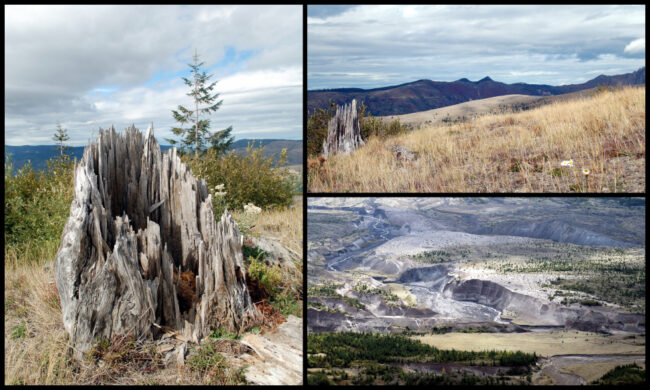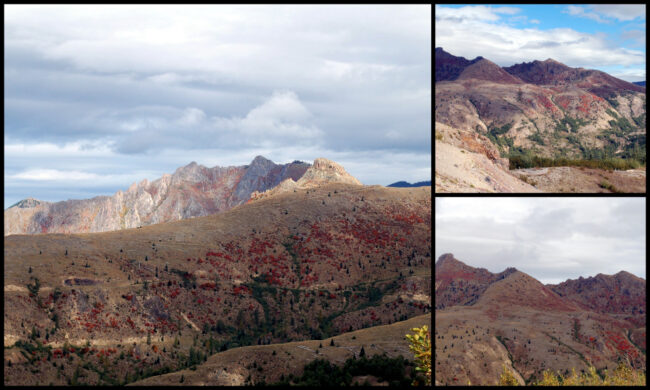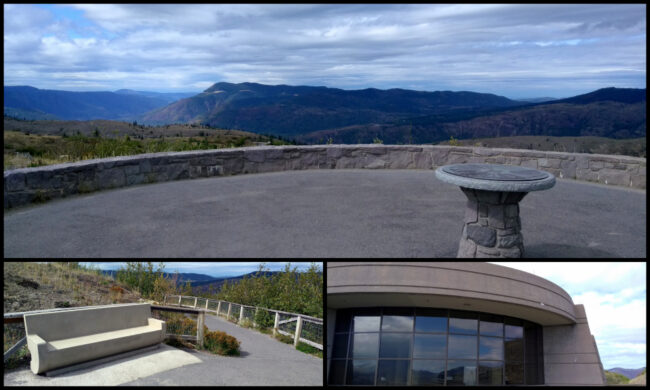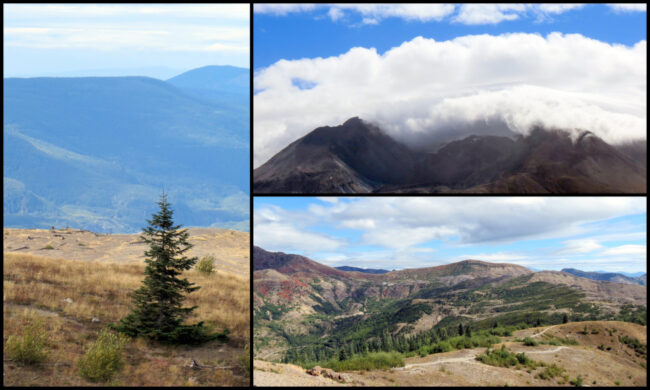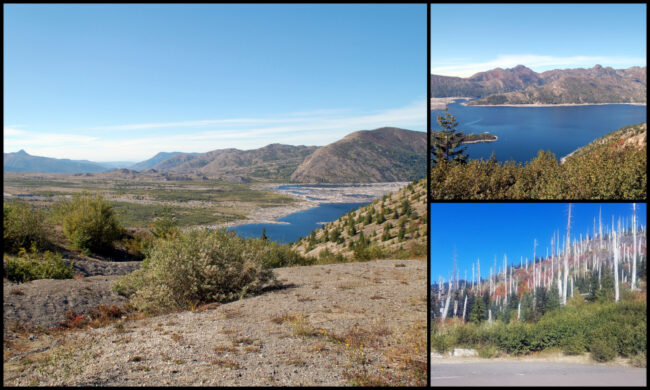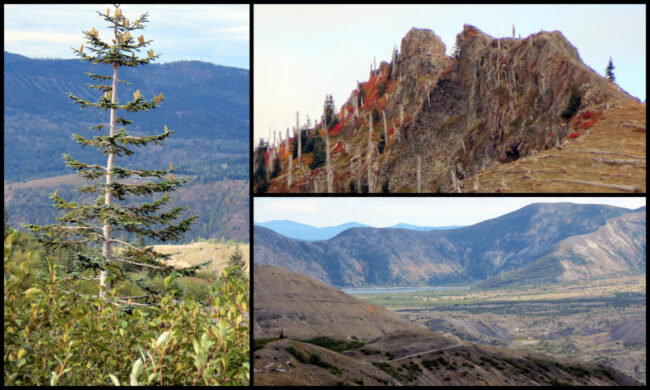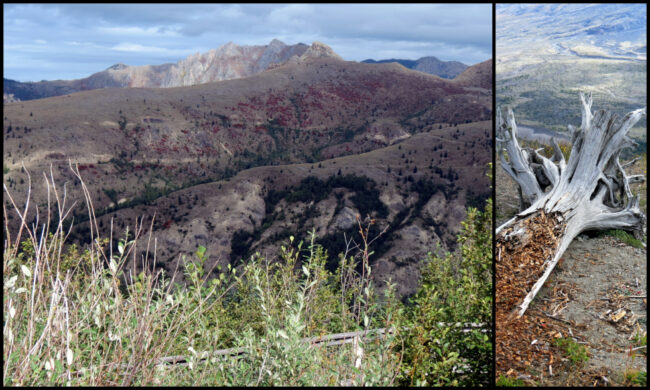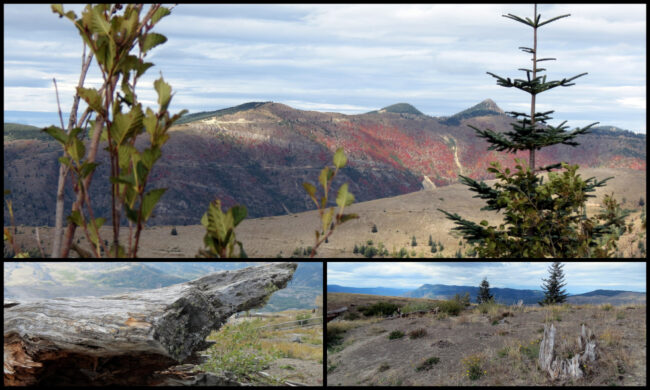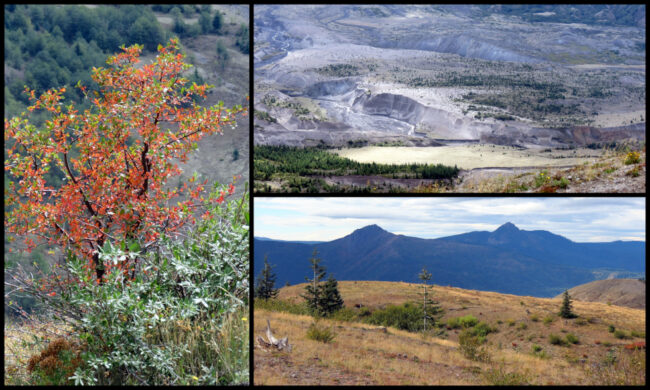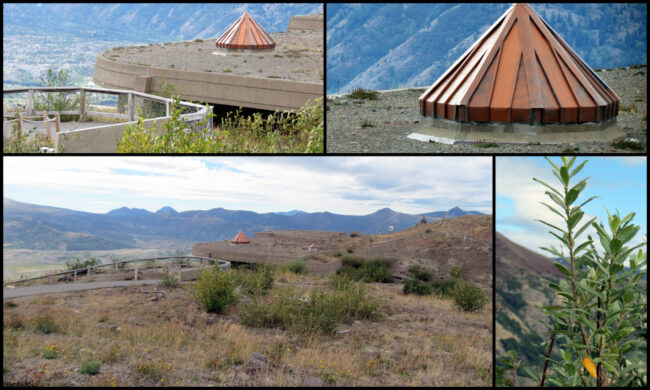Mount St. Helens, Washington
Western-Traveler has always been about sharing my experiences at places throughout the USA, focusing of course on the Western US. I have been blessed to see some amazing places thanks to my friends, the Campbell family, currently residing in Oregon. With all the places I’ve seen, this Travel Log to me at least will be no less than epic in many ways, not the least of which is the fact that this one is about a place that’s so famous that anybody and everybody knows about it. So, here we go.
Mount St. Helens National Volcanic Monument, located in the Gifford Pinchot National Forest was established in 1982 for recreational, educational and research activities relative to the May 18, 1980 eruption that claimed 57 lives and caused over a billion dollars in damage ($3.5 billion by today’s standards). In the days that followed, 540 million tons of ash covered 2,200 square miles of land in seven states. Also destroyed were 200 homes, 158 miles of highway and 15 miles of railway. Sewer systems clogged with ash, buildings and cars were damaged and air traffic over the entire area was shut down. In addition, hundreds of square miles of once pristine forest turned into a wasteland, and today the recovery continues. Thousands of animals died and the mountain now has a huge crater on the north face.
There are literally countless stories about this event and if I so desired I could go on for volumes delving into them, but as those stories are already out there, I’ll let visitors to my site seek them out in other venues. I will still focus on a few of them to a small degree.
Like everybody else on Earth I woke up on May 18th to hear the news about the Mount St. Helens eruption. It was already a well-known tourist attraction because of its remote and beautiful location. The USGS had been watching the mountain for quite a while as a significant lava dome had formed on the north side. One volcanologist, David Johnston, filling for a co-worker was on-site the morning of the eruption. Shortly after 8:30 am it happened. He had just enough time to get to his radio and call in to report the eruption. His last words were “Vancouver, Vancouver……this is it”. He was never seen or heard from again. Remnants of his USGS trailer were found in 1993 by state highway workers. What made this eruption particularly unusual is that it was a sideways one, not vertical like most tend to be.
Near the volcano was the Spirit Lake Lodge, owned and operated by one Harry R. Truman. The 83-year old veteran had been told that an eruption was eminent but he refused to leave. According to reports, Harry had exactly 9 seconds to live after the eruption began. He, nor his lodge were ever found.
Today’s visitor can still see the lake heavily covered in logs that were the downed trees blown into the water. 40% of the lake was covered by the logs. Spirit Lake’s ecosystem was destroyed following the eruption as all the water in the lake was displaced by an avalanche, sending it upwards out of its banks, and heating it up to near 100°. The oxygen in the lake was depleted as the bacteria responded to much higher than normal nutrient loads and as such all other life died shortly thereafter. Fish have once again been found in the lake but it is suspected that its because anglers have illegally re-introduced them.
A visit to Mount St. Helens is a spooky experience, seeing life trying to reclaim the land devastated by the blast. Scanning the valley around you may notice that there are now lots of trees here and there, but all of them are the same height, which is short. You’ll see other vegetation as well, but for the most part the entire area is barren, looking very much like an alien planet. As you study the landscape you’ll see thousands of trees on their side with all the leaves and bark blown completely off of them. It sounds like a cliché’ but it very much looks like piles of giant toothpicks in all directions, aiming in a single direction away from the crater. If you look closely, you will still see massive accumulations of ash everywhere and you may notice numerous dendritic patterns (root like) within them as water has resumed eroding the topography over the last four decades.
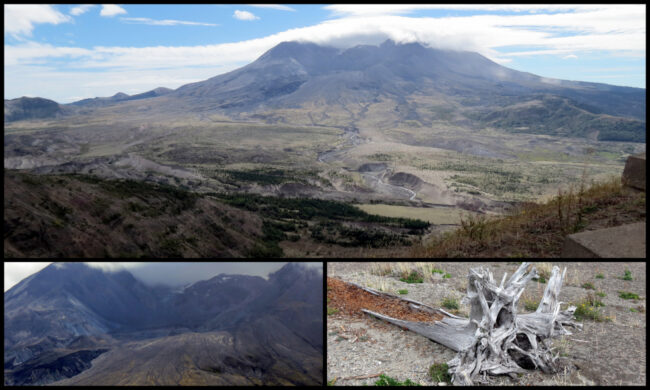 The best and closest place to see the crater is the Johnston Ridge Observatory, named for the USGS volcanologist who died in the eruption. It is an impressive place with a great trail winding its way up above the observatory giving you a fantastic view of the whole area. I was fascinated (and a little horrified) to notice that there is another very noticeable lava dome forming on the side of the crater. That of course means it will erupt again someday, but nobody knows when that will happen.
The best and closest place to see the crater is the Johnston Ridge Observatory, named for the USGS volcanologist who died in the eruption. It is an impressive place with a great trail winding its way up above the observatory giving you a fantastic view of the whole area. I was fascinated (and a little horrified) to notice that there is another very noticeable lava dome forming on the side of the crater. That of course means it will erupt again someday, but nobody knows when that will happen.
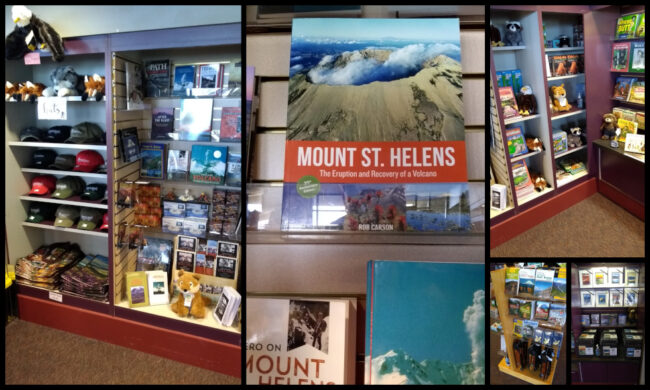 Jeff and I visited during the COVID 19 pandemic of 2021, as such many places were still closed up, including the Visitor Center, which oddly enough is miles away and operated by the State vs. the USDA Forest Service. The only part of the whole area that had any personnel was the Gift Shop at the Observatory, staffed by a grand total of two Park Rangers. For the record, both Rangers were super nice and helpful so they most certainly were doing their jobs well. Also, the Gift Shop had a wonderful variety of items, as good as any I’d ever been to anywhere.
Jeff and I visited during the COVID 19 pandemic of 2021, as such many places were still closed up, including the Visitor Center, which oddly enough is miles away and operated by the State vs. the USDA Forest Service. The only part of the whole area that had any personnel was the Gift Shop at the Observatory, staffed by a grand total of two Park Rangers. For the record, both Rangers were super nice and helpful so they most certainly were doing their jobs well. Also, the Gift Shop had a wonderful variety of items, as good as any I’d ever been to anywhere.
The Rangers we met at the Observatory were the only Forest Service employees we saw anywhere. This leads me into the negative part of this narrative, the absolute horrible lack of maintenance in the area. I’m not just talking about the facilities, but the roadways and parking areas as well. The locals told us that the roads had not been maintained for 14 years, and it showed. On our travels to and from the site we encountered mile after mile of horrible road conditions; breaks in the pavement, potholes and even vegetation growing from the shoulder of the road out into the lanes. I have never seen any place so neglected in all my travels. We were lucky to find a few restrooms open, but as with everything else, poorly maintained at best.
I never really had a Bucket List, but if I did Mount St. Helens would have very possibly been at the top of it. This place has touched my soul for a very long time. I cannot even imagine what it would have been like to be there that morning, or the fear those victims had to feel knowing they’d be dead within seconds. Now, after seeing the scale of the devastation I feel even more touched by it.
 Make no mistake, there is no quick way to get there, hours of driving on bad roads is the only way. Having said that, it is completely worth it. I’m sure I’ll never get to go back, but that doesn’t matter, I’ve now been there. I can’t thank Jeff enough for his having to endure endless miles of horrible driving conditions to make this a reality. He is a true Road Warrior and I’m forever in his debt for making this experience possible.
Make no mistake, there is no quick way to get there, hours of driving on bad roads is the only way. Having said that, it is completely worth it. I’m sure I’ll never get to go back, but that doesn’t matter, I’ve now been there. I can’t thank Jeff enough for his having to endure endless miles of horrible driving conditions to make this a reality. He is a true Road Warrior and I’m forever in his debt for making this experience possible.


